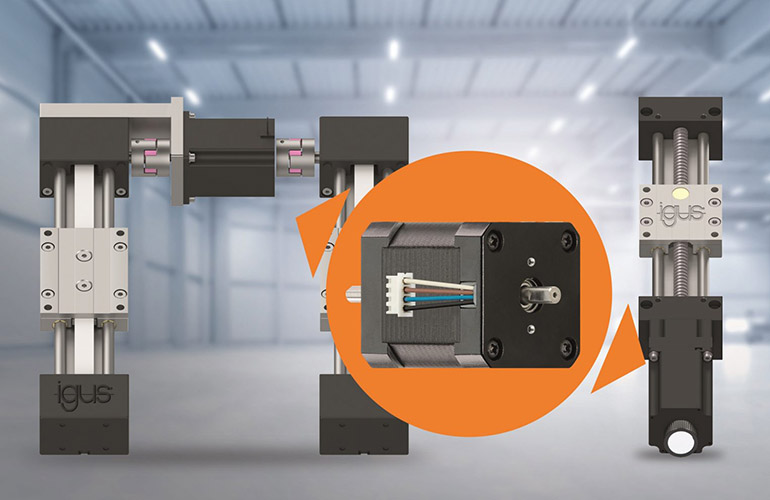More than 75% of banks with over $100 billion in assets are currently utilizing AI and machine learning technologies to enhance security measures and combat fraud. These technologies offer innovative solutions to tackle evolving threats in the banking industry.
One of the key areas where AI and machine learning have made significant strides is in fraud prevention. Classification algorithms play a crucial role in this process, helping banks distinguish between legitimate transactions and suspicious ones.
Classification algorithms work by categorizing data into predefined groups or classes. In the context of fraud prevention, these algorithms analyze transaction data to identify patterns associated with fraudulent activities. K-Nearest Neighbor (KNN), a popular classification algorithm, examines specific datasets and compares them to closely related transactions.
The KNN algorithm operates on the principle of similarity, where it identifies transactions that closely resemble previously identified fraudulent activities. When a transaction exhibits characteristics similar to those of known fraudulent transactions, it is immediately flagged for further investigation.
By leveraging AI and machine learning technologies like KNN, banks can enhance their fraud detection capabilities and proactively mitigate risks. These technologies enable banks to stay ahead of sophisticated fraudsters and protect their customers' assets.
In addition to fraud prevention, AI and machine learning are also being utilized in various other areas within the banking industry. One notable application is the use of machine learning algorithms to analyze customer data and personalize banking experiences.
Furthermore, AI-powered chatbots are increasingly being employed by banks to improve customer service and streamline operations. These chatbots, or "robot workers," assist customers with routine inquiries, such as account balance checks and transaction history requests.
As the banking sector continues to embrace AI and machine learning technologies, the role of robots in banking operations is expected to expand further. Banks are exploring ways to leverage robotic process automation (RPA) to automate repetitive tasks and streamline backend processes.
In conclusion, AI and machine learning technologies are revolutionizing the banking industry by enhancing security measures, improving customer experiences, and optimizing operational efficiency. With the adoption of advanced algorithms like KNN, banks can stay resilient against emerging threats and uphold the trust of their customers.


















